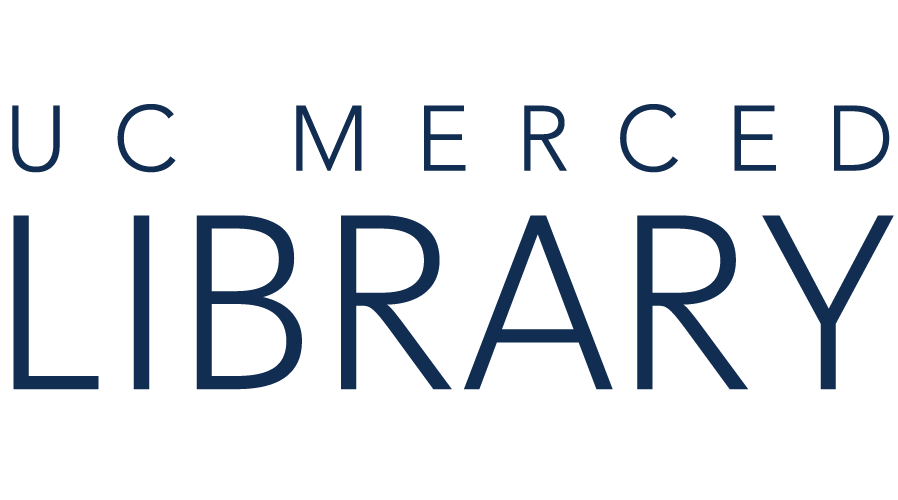The literature review's introduction will give the reader a basic overview of the arguments to be presented in the research paper:
Components of the introduction might include:
How will you present the resources you've found?
Once you’ve decided on the organizational method for the body of the review, the sections you need to include in the paper should be easy to figure out. They should arise out of your organizational strategy. In other words, a chronological review would have subsections for each vital time period. A thematic review would have subtopics based upon factors that relate to the theme or issue.
Adapted from "Literature Reviews." The Writing Center, University of North Carolina at Chapel Hill.
The conclusion of your literature review will restate your primary arguments and reiterate the central points you're attempting to make with your research.
"Writing the Literature Review (Part One)." Video. University of Maryland, University College Writing Center.
"Writing the Literature Review (Part Two)." Video. University of Maryland, University College Writing Center.
Writing Literature Reviews by Sara Davidson Squibb
Literature reviews are prose documents. In other words, they're not lists of articles you've read and reviewed, or even annotated bibliographies. A literature review will have a well-defined structure, with an introduction, a main body, and a carefully considered conclusion.

Copyright @ The Regents of the University of California. All rights reserved.
